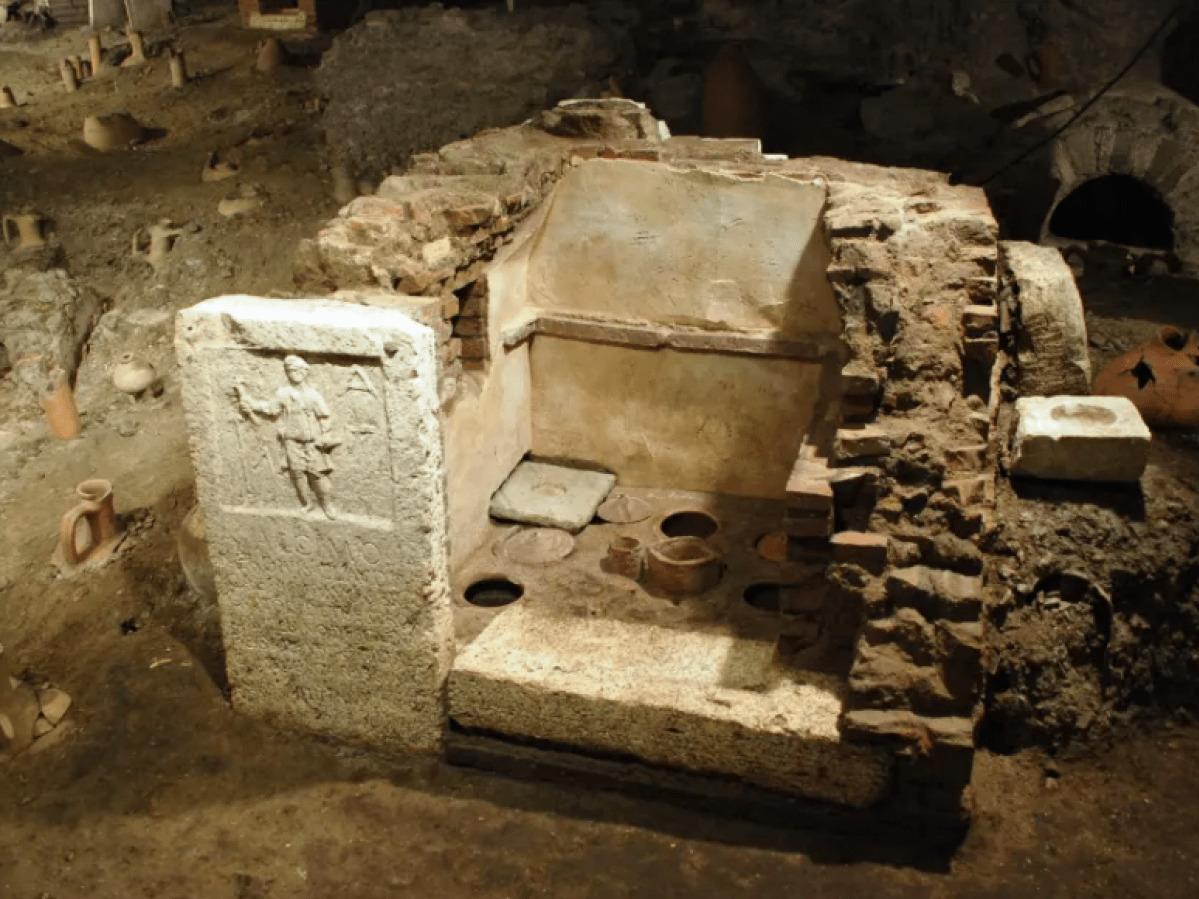According to researchers, new Roman tombs were discovered near the Vatican, which is located in the so-called necropolis of Santa Rosa. So far, 250 amazing tombs have been identified, in which representatives of various social strata of Rome were buried. From February 1, 2021, the necropolis was opened to tourists.
The ancient necropolis stood on the southern slope of the Vatican Hill, on the via Triumphalis, near the circus of Caligula. During the reign of Constantine, it was decided to build a church above the surface of the necropolis to commemorate the death of St. Peter. The area was covered with earth and pieces of building material to obtain a flat surface; only the tomb of St. Peter was spared.
Currently, the necropolis is between 5 and 12 meters below the Basilica of St. Peter. So far, only 1000 square meters of the surface have been analyzed, and excavations have been carried out since the 20th century. Researchers believe that it is one of the richest and best-preserved Roman necropolises in the world. We can find here the burials of representatives of various professions: bakers, blacksmiths, fountain makers, and chariot drivers.
The tombs were buried between the 1st and 4th centuries CE. Scientists found a number of tombs, chambers, tombstones, funerary portraits, and beautifully carved sarcophagi bearing the names of the buried. Some of the burials were connected to the ground with vertical pipes so that visitors could offer an offering to the deceased. In some tombs, there were artefacts that can indicate the social status of the deceased. The discovered coins date exactly how long the necropolis was in use.
The most valuable monuments for scientists, however, are the preserved tombstone inscriptions that tell about the life of the deceased and often his success. For example, we know that the archivist Emperor Nero – a certain Optatus, was buried in the necropolis. Another construction immortalizes the slave Alcimus, who carried out renovation works during the reign of Nero in several Roman theatres, incl. Pompey’s theater.
Another interesting burial is the sarcophagus of the eques Publius Caecilius Victorinus, who died at the age of 17. His burial shows both traditional and Christian symbolism, which proves that Victorinus lived during the expansion of the new religion. Moreover, the visible splendour emphasizes the wealth of the family.








